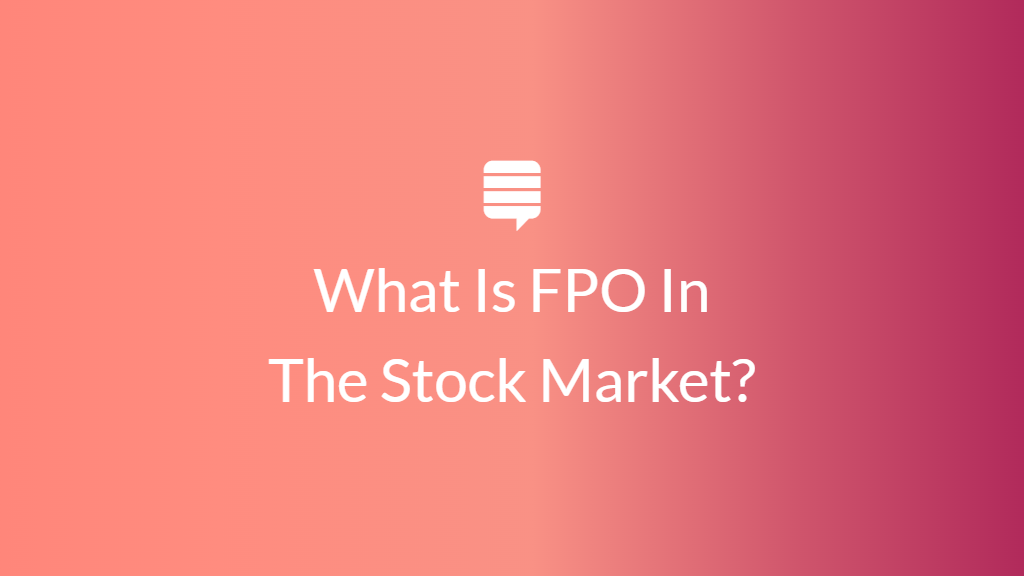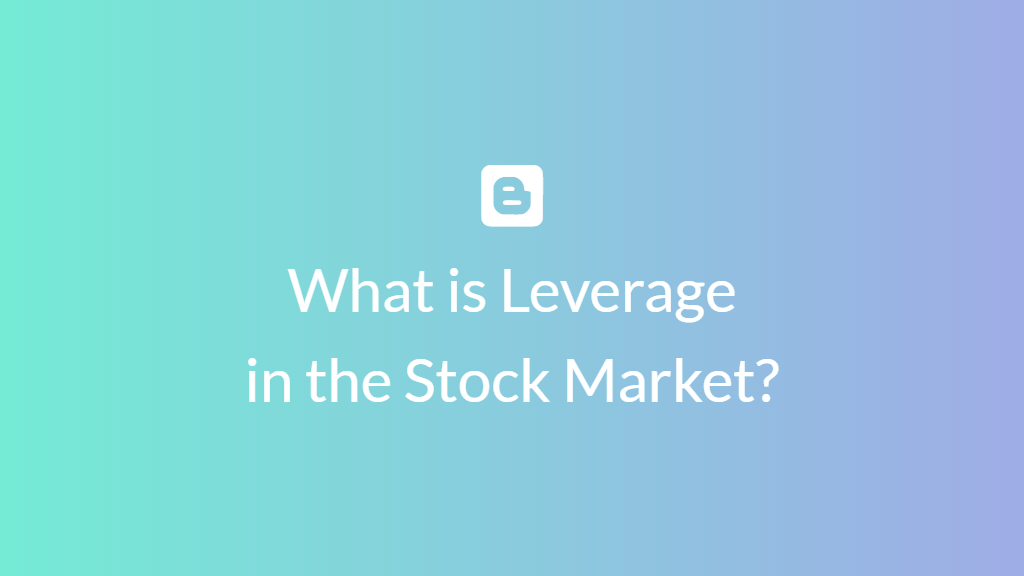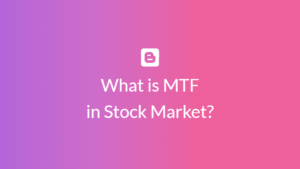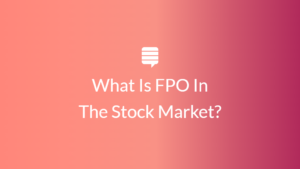What is FPO in the Stock Market?

The stock market can seem like a complex world of acronyms and financial jargon. One term that often confuses investors, especially beginners, is FPO, or Follow-on Public Offering. This article will dive deep into what an FPO is, how it differs from an IPO, its significance, and how it impacts both companies and investors.
Introduction
In the world of stock markets, companies often look for ways to raise capital to fund growth, pay off debt, or fuel new projects. An FPO, or Follow-on Public Offering, is one of these methods. It occurs when a company that has already gone public issues additional shares to the public.
Understanding the Basics of FPO
FPOs allow companies to offer new or existing shares to the public after they have been listed on the stock exchange. Unlike an IPO (Initial Public Offering), which is a company’s first offer of shares to the public, an FPO is a secondary offering. The goal is to raise additional capital by issuing new shares (dilutive FPO) or selling shares held by existing shareholders (non-dilutive FPO).
Difference Between IPO and FPO
While both IPOs and FPOs are ways for companies to raise funds, they have some key differences:
- IPO is the initial sale of a company’s shares to the public. It’s a company’s first listing on a stock exchange, allowing it to transition from private to public ownership.
- FPO is an additional share issuance that happens after the IPO, where the company is already publicly traded.
Types of FPO
There are two main types of FPOs:
1. Dilutive FPO
In a dilutive FPO, a company issues new shares to the public, which increases the total number of shares available. This can dilute the ownership percentage of existing shareholders but provides the company with fresh capital.
2. Non-Dilutive FPO
In a non-dilutive FPO, existing shareholders sell their shares to the public. This type of offering doesn’t increase the total number of shares but allows existing shareholders to liquidate some of their holdings.
How an FPO Works
When a company decides to launch an FPO, it typically files with a regulatory body, such as the SEC in the United States, and outlines the details, such as the number of shares to be offered and the purpose of the funds. This information helps investors make informed decisions.
Purpose of an FPO
Companies launch FPOs for several reasons, including:
- Raising capital for growth, expansion, or acquisitions.
- Reducing debt by using the proceeds to pay off existing loans.
- Meeting regulatory requirements for a minimum public shareholding.
How FPO Impacts Stock Prices
An FPO can have a mixed impact on a company’s stock price. Dilutive FPOs may cause a slight dip in share price due to the increase in supply. However, if the market perceives the FPO as beneficial for the company’s long-term growth, the stock price may recover or even rise.
Why Companies Choose FPO over Other Funding Options
FPOs are attractive for companies as they often involve fewer regulatory hurdles compared to debt issuance and provide a way to raise large amounts of capital without taking on more debt.
Key Considerations for Investors in an FPO
Investors should analyze a company’s performance, growth potential, and the purpose of the FPO before deciding to invest. Factors like market conditions and the company’s financial health can influence the FPO’s success.
Advantages of Investing in FPOs
- Potential for lower entry points – FPO prices are often set slightly below the market price.
- Increased liquidity – The increased share volume can enhance liquidity in the market.
- Opportunity to support company growth – Investors contribute to a company’s long-term goals.
Risks Involved in FPO Investments
- Dilution of shares – New shares can dilute existing ownership, potentially affecting dividends and voting power.
- Market volatility – FPOs may lead to fluctuations in stock prices.
- Performance risk – The company’s post-FPO performance may not meet investors’ expectations.
How to Participate in an FPO
To participate in an FPO, investors must have a trading account with a brokerage. They can apply for shares through the brokerage’s online platform during the FPO period, which usually lasts for a few days.
Examples of Successful FPOs
Many companies, such as Tesla and Apple, have conducted successful FPOs, raising significant capital to fuel their growth.
FPOs in Different Markets and Regions
The process and regulations for FPOs vary globally. For instance, in India, FPOs are regulated by SEBI, while in the United States, they are overseen by the SEC.
Conclusion
FPOs play an essential role in a company’s financial journey, providing a means to raise capital even after it has gone public. For investors, FPOs offer a way to invest in companies they believe in, with the potential for rewards and some risks. By understanding the fundamentals of FPOs, both companies and investors can make better financial decisions.
FAQs About FPO
- What is the difference between an IPO and an FPO?
An IPO is a company’s first public share offering, while an FPO is a subsequent share issuance after the company has already gone public. - Is it safe to invest in an FPO?
FPO investments carry both risks and rewards. It’s essential to research the company’s purpose for the FPO and assess market conditions. - How can I apply for an FPO?
Investors can apply through their brokerage account when the FPO is open for subscription. - What are the advantages of an FPO for companies?
FPOs allow companies to raise additional capital without incurring debt and can be a way to fund growth initiatives. - Can FPOs affect the stock price negatively?
Yes, especially if it’s a dilutive FPO, as the increase in share supply can temporarily lower the stock price.















Post Comment